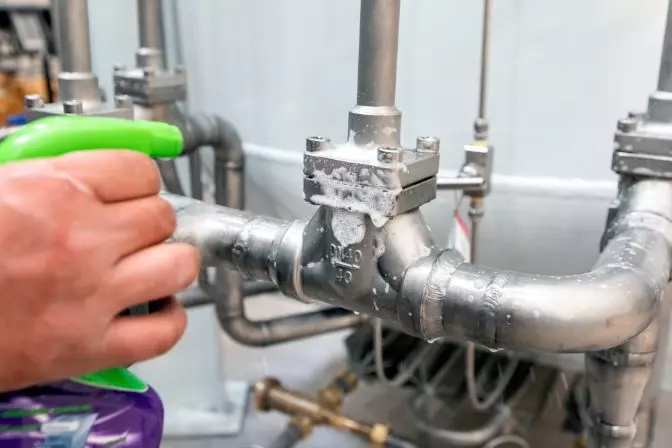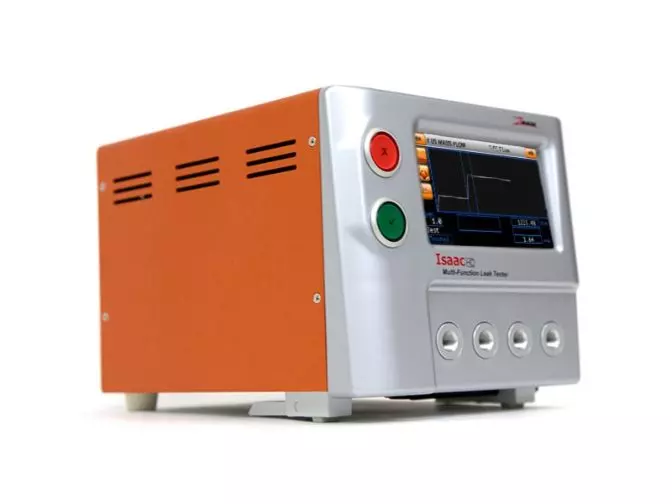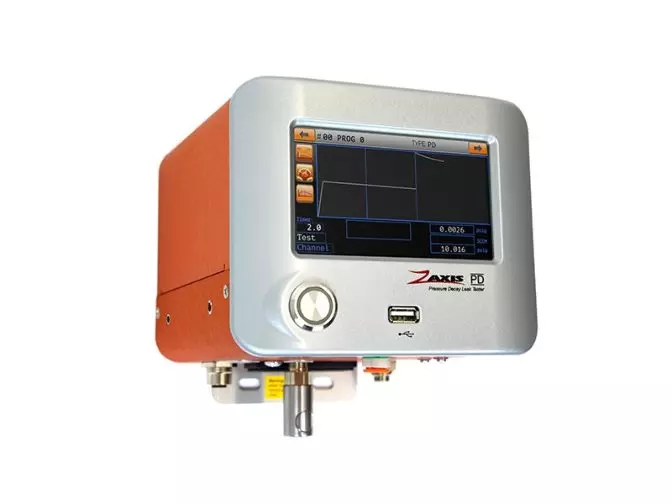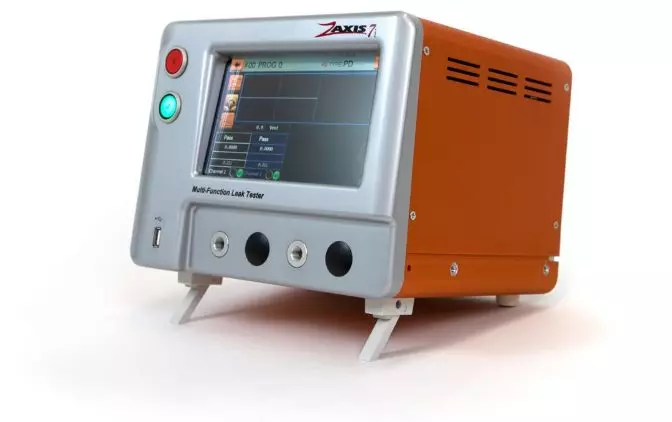Leak testing is a crucial inspection method used by professionals to determine if an object or system is operating within acceptable leak limits. This technique helps identify potential flaws that could lead to the escape of liquids or gases, ensuring safety and efficiency in various industries. Leaks occur when there's a defect—such as a hole, crack, or imperfection—in an object, allowing the contents to escape. Leak testing uses pressure to detect these issues, making it an essential part of regular maintenance and quality control processes. Typically, leak tests are conducted on systems or objects designed to contain liquids or gases. These tests are non-destructive, meaning they don’t damage the object being tested, which makes them ideal for ongoing monitoring and evaluation. Non-destructive leak testing is just one of many NDT methods available. It’s widely used because it allows inspectors to check for leaks without compromising the integrity of the object. If you're interested in learning more about NDT, be sure to check out this detailed guide. Leak testing involves using pressure to detect defects in an object that may be causing leaks. The basic principle is that substances flow from areas of high pressure to areas of low pressure. By applying controlled pressure and monitoring the flow, inspectors can pinpoint the location and severity of any leaks. This type of testing is typically performed on closed systems where even small leaks can have significant consequences. The success of the test depends on the material and design of the object being tested, as different materials respond differently to pressure changes. Common defects that leak testing identifies include: Industries such as automotive, consumer goods, medical devices, packaging, and sealed electronics frequently use leak testing as part of their quality assurance protocols. Recent technological advancements have significantly improved the accuracy and efficiency of leak testing. Innovations in sensors, valves, and data collection systems have made it possible to detect even the smallest leaks with greater precision. The integration of the Internet of Things (IoT) has also transformed how leak testing is conducted. Now, inspectors can remotely collect, monitor, and share data, enabling real-time decision-making and faster response times. This not only improves maintenance but also enhances overall operational efficiency. There are several common leak testing methods, each suited for different applications: Most leak tests operate at low pressures, typically around 15 psi or 25% of the design pressure, whichever is lower. This ensures safety while still providing reliable results. While leak testing is a powerful tool, it requires careful planning and execution. Here are some important factors to consider: Different industries have varying standards for what constitutes an acceptable leak rate. Some leaks may not require immediate action but should still be monitored. Understanding these thresholds is crucial for effective maintenance planning. Before conducting a leak test, it's important to understand the original purpose of the object. Some components are designed to allow fluid passage, while others must remain completely sealed. Knowing this helps determine the appropriate testing approach. The material of the object can greatly affect the outcome of a leak test. Brittle or highly flexible materials may react unpredictably to applied pressure, so these properties must be taken into account during test planning. The substance being contained—whether liquid or gas—also plays a role. Different media have different molecular sizes and behaviors under pressure. Choosing the right testing method and pressure range is essential for accurate results. A variety of tools and devices are used to perform leak tests. Here are some common examples: Air leak testing devices provide real-time data to inspectors, supporting multiple testing methods including vacuum decay and pressure decay. This compact device is ideal for reducing connection volume and improving test sensitivity, especially in tight spaces. Larger displays offer enhanced visibility and faster testing capabilities, making them suitable for complex or high-volume operations. Photo credit: Zaxis Leak standards are used to calibrate testing equipment and ensure consistent results across different systems and environments. Leak testing is often governed by industry-specific standards and codes to ensure consistency and reliability. Here are some of the most commonly referenced standards: Letone has independently developed, designed and manufactured rubber compounds for more than 10 years. It has an experienced technical team, complete production and experimental equipment and a good reputation in the industry. Letone is now cooperating with the German-owned Shifa (Shanghai) Hydraulic Technology Co., Ltd. to manufacture and sell rubber compounds and sealing products. The products have both Chinese and Western technical advantages, stable quality and excellent performance. Rubber Compound,Neoprene Rubber Adhesive,Oil Resistant Rubber,Water Resistant Rubber Luohe Letone Hydraulic Technology Co., Ltd , https://www.litonghose.comLeak Testing: A Comprehensive Guide

What Is Leak Testing?

Advancements in Leak Testing
Leak Testing Methods
Key Considerations in Leak Testing
Acceptable Leak Rate
Manufacturing Purpose
Material Properties
Medium Characteristics
Leak Testing Equipment
Air LeakAGE Inspection Devices
 Photo credit: Zaxis
Photo credit: ZaxisCompact Pressure Decay Leak Tester
 Photo credit: Zaxis
Photo credit: ZaxisLarge Display Leak Tester
 Photo credit: Zaxis
Photo credit: ZaxisLeak Standard

Leak Testing Standards and Codes
ASME (American Society of Mechanical Engineers)
ASTM (American Society for Testing and Materials)
ISO (International Organization for Standardization)
Rubber compound is an important raw material for hose products and sealing products, and is the cornerstone of product quality for rubber product manufacturers. According to the user's differential performance requirements for the rubber compound, LETONE provides professionally customized NR (Natural Rubber), SBR (Styrene Butadiene Rubber), EPDM (EPDM Rubber), NBR (Nitrile Butadiene Rubber), HNBR (Hydrogenated Rubber) Nitrile rubber), CR (neoprene rubber) and other high-performance compound rubber products and related technical services.